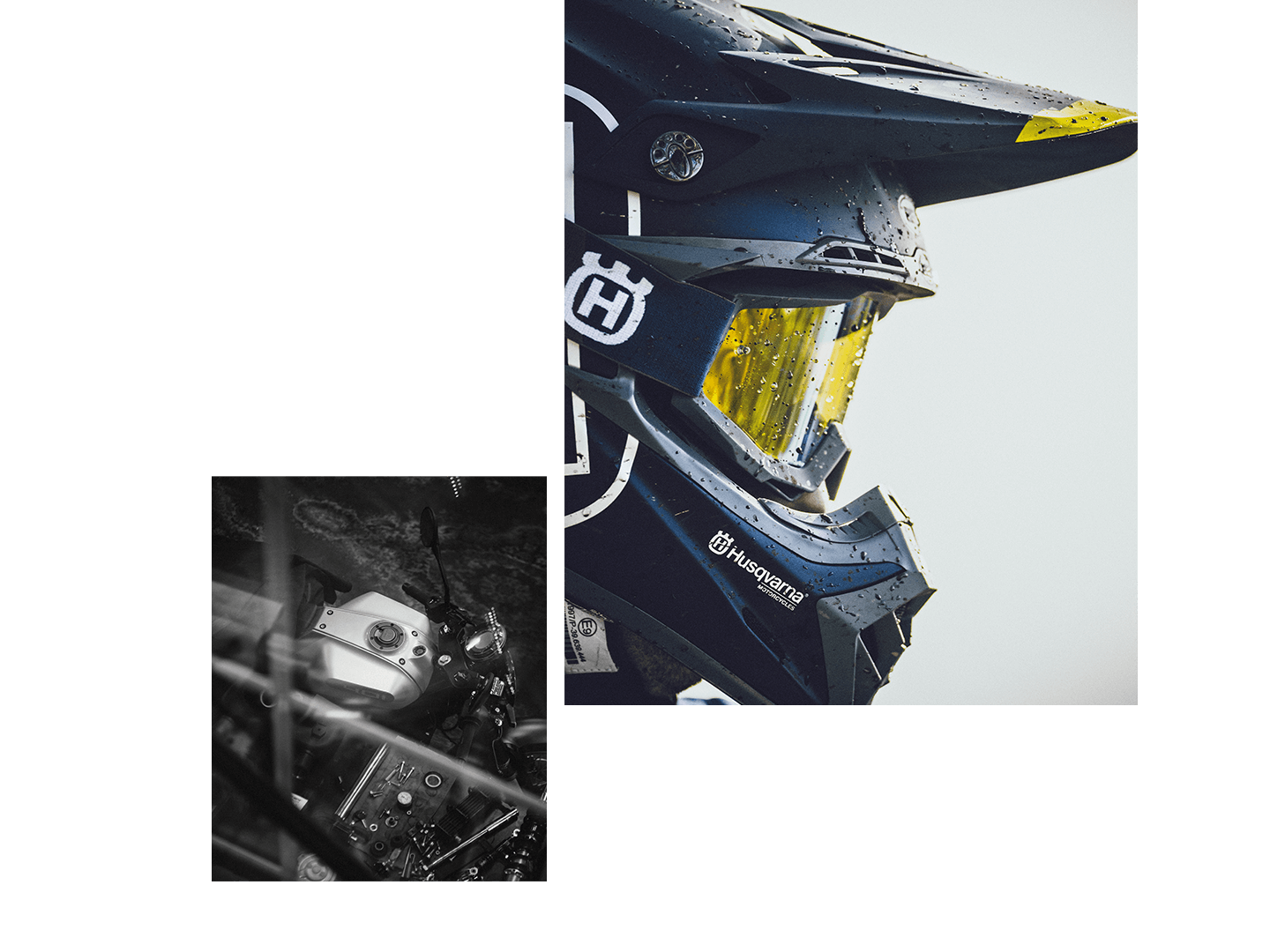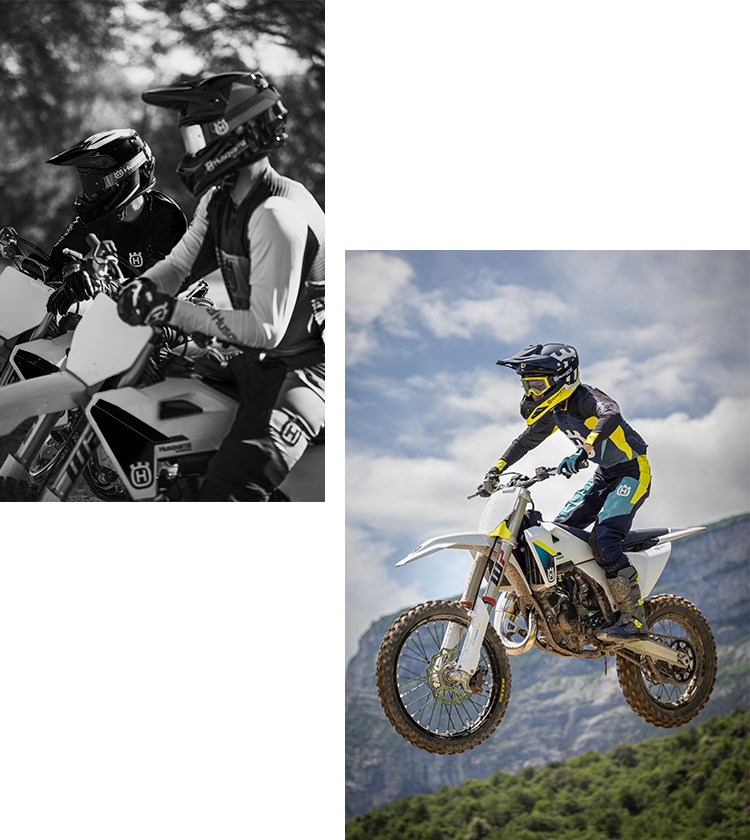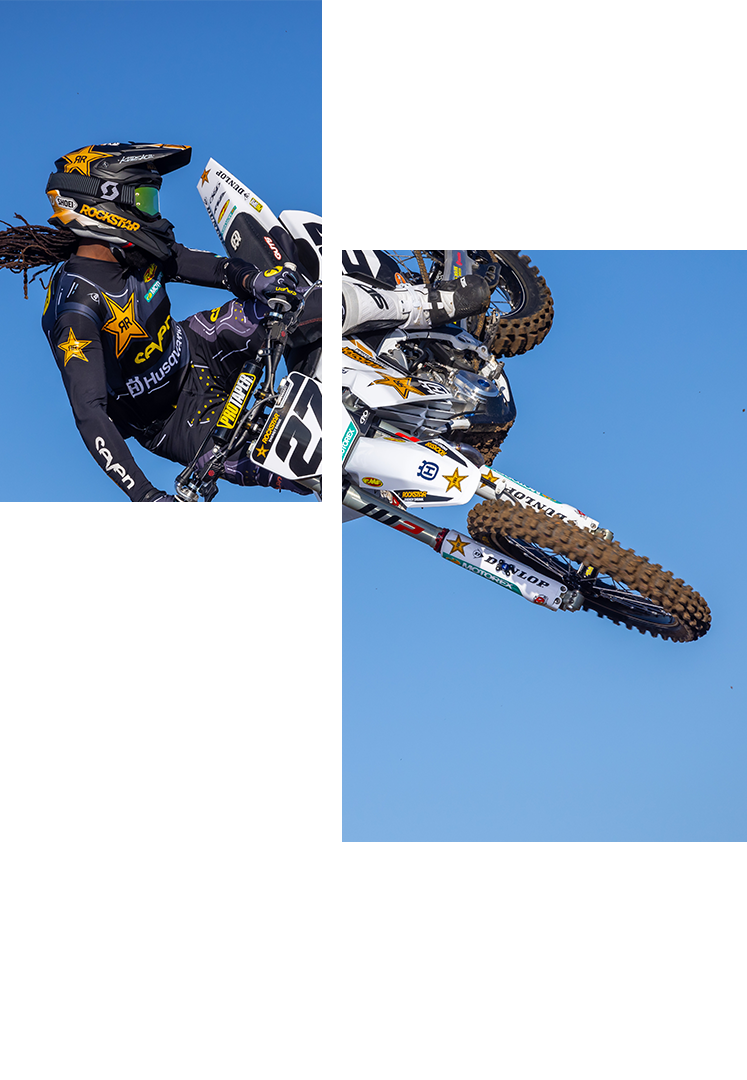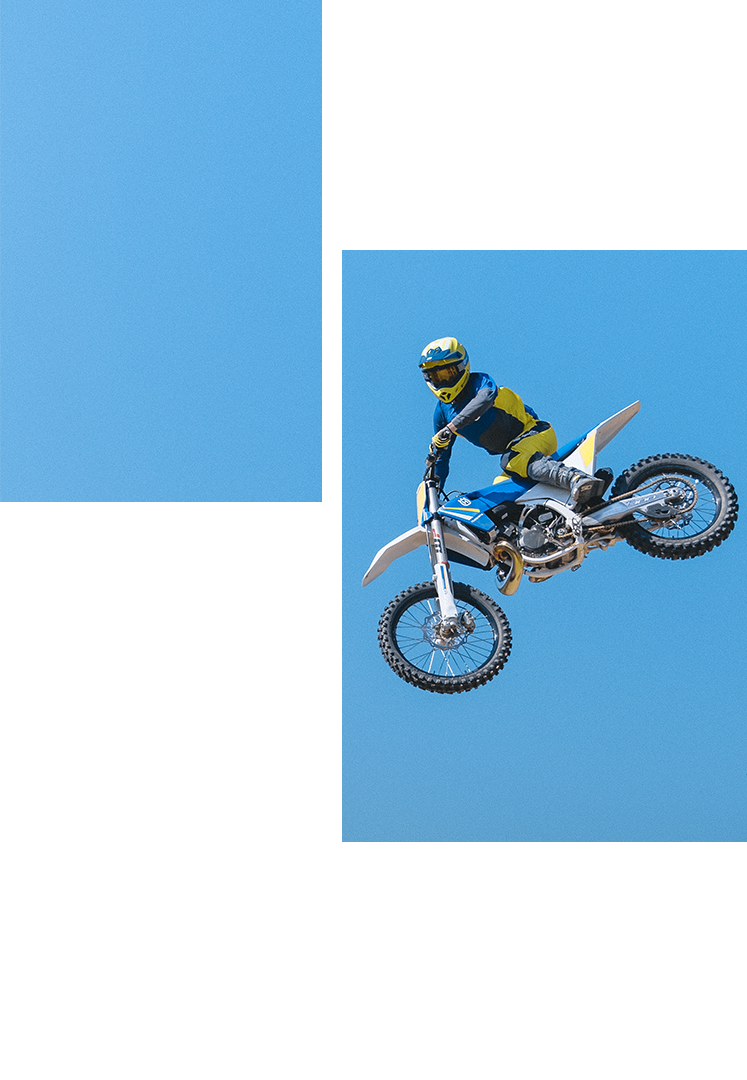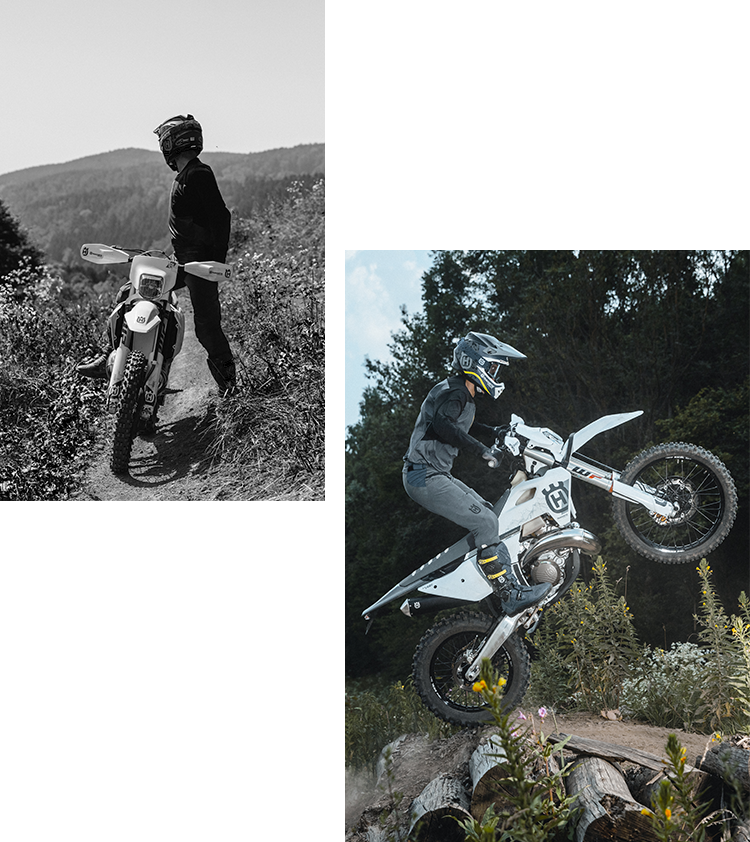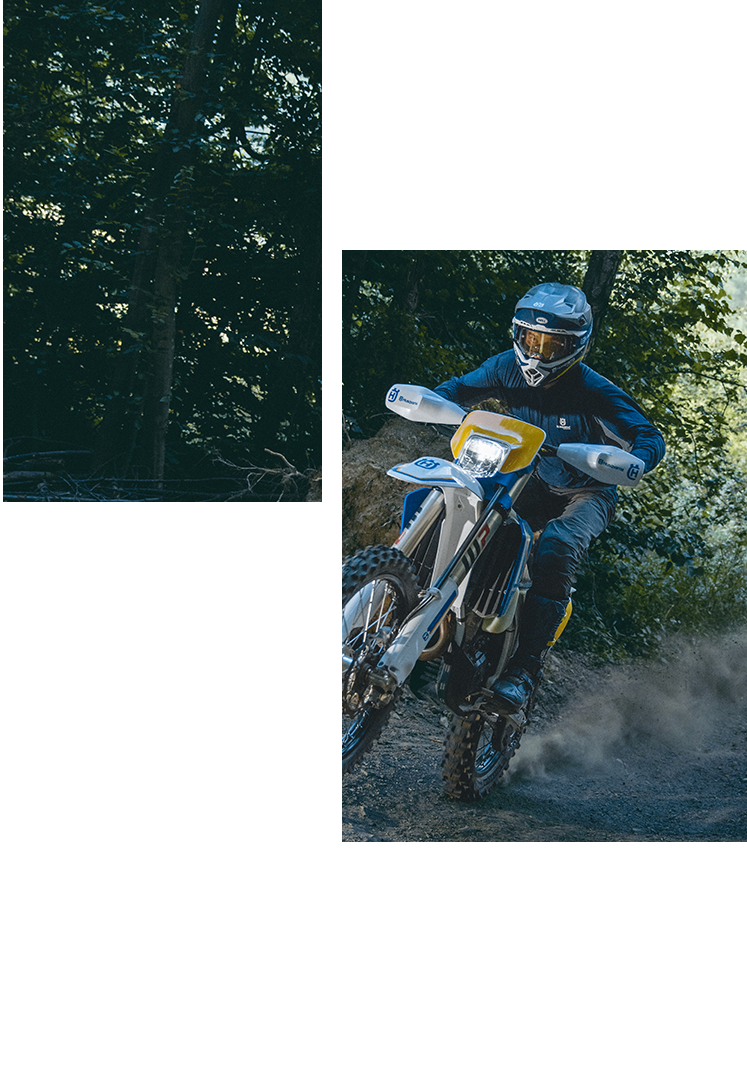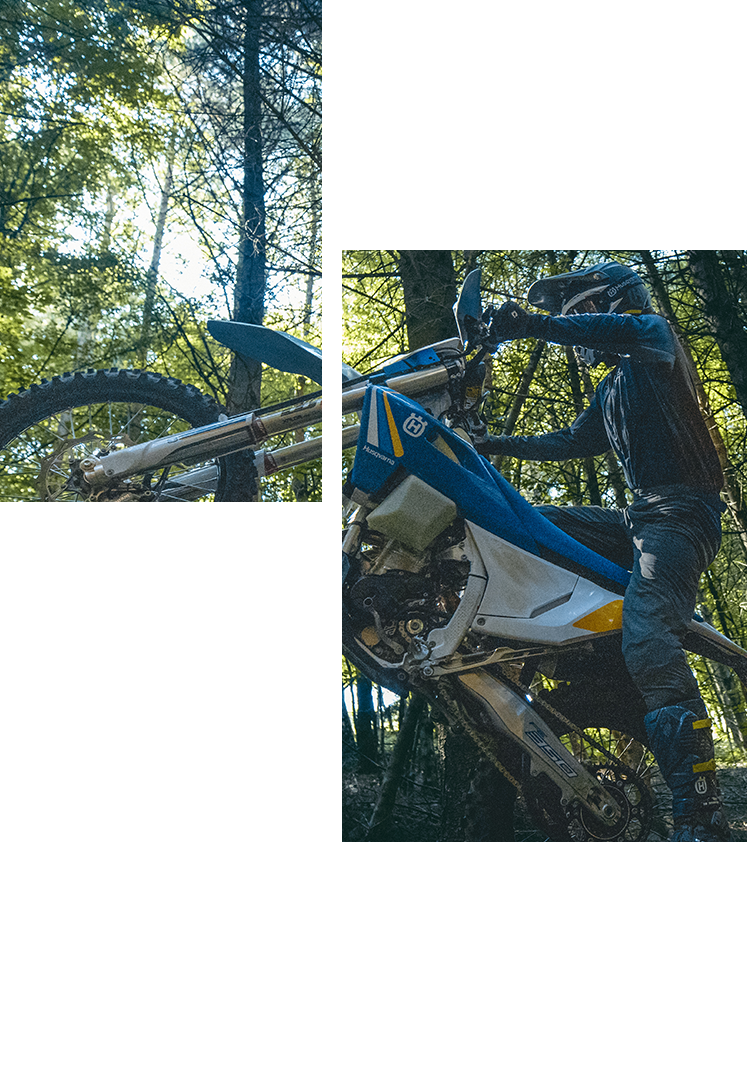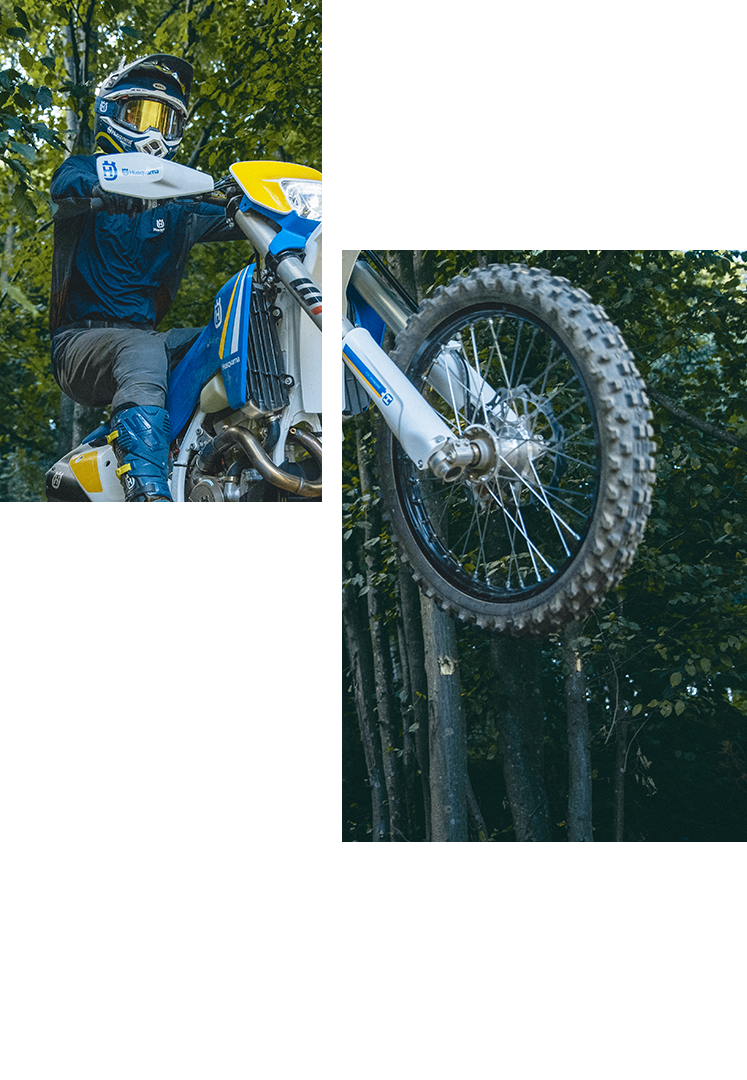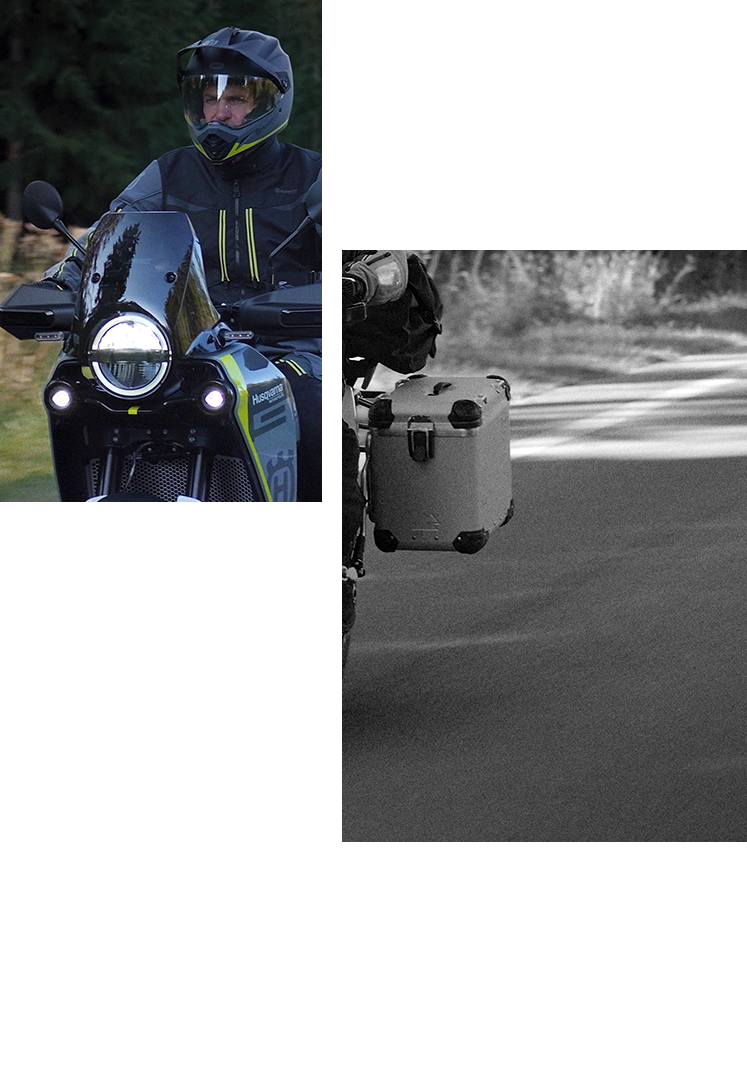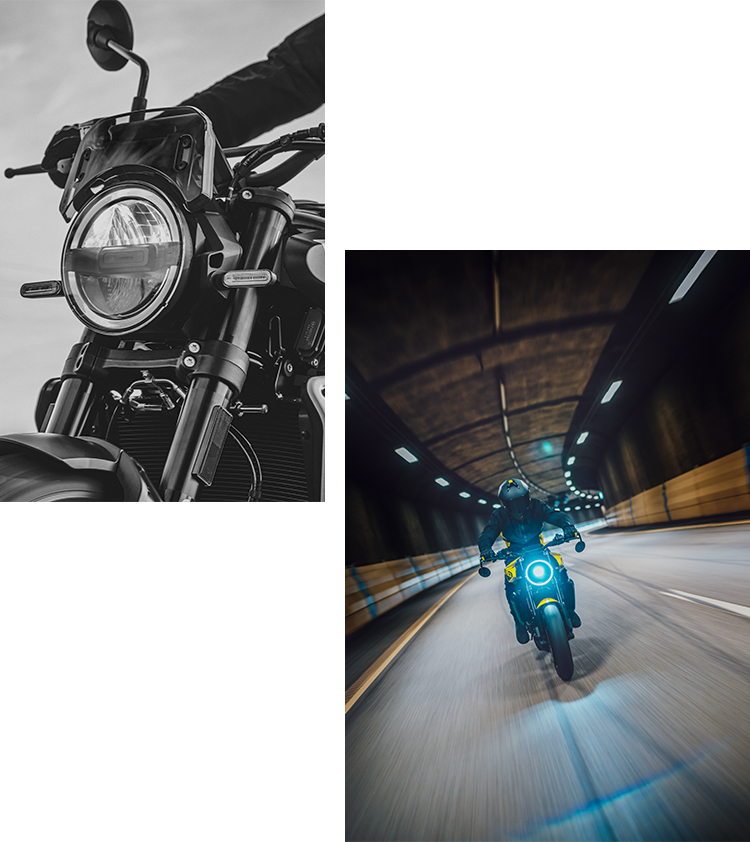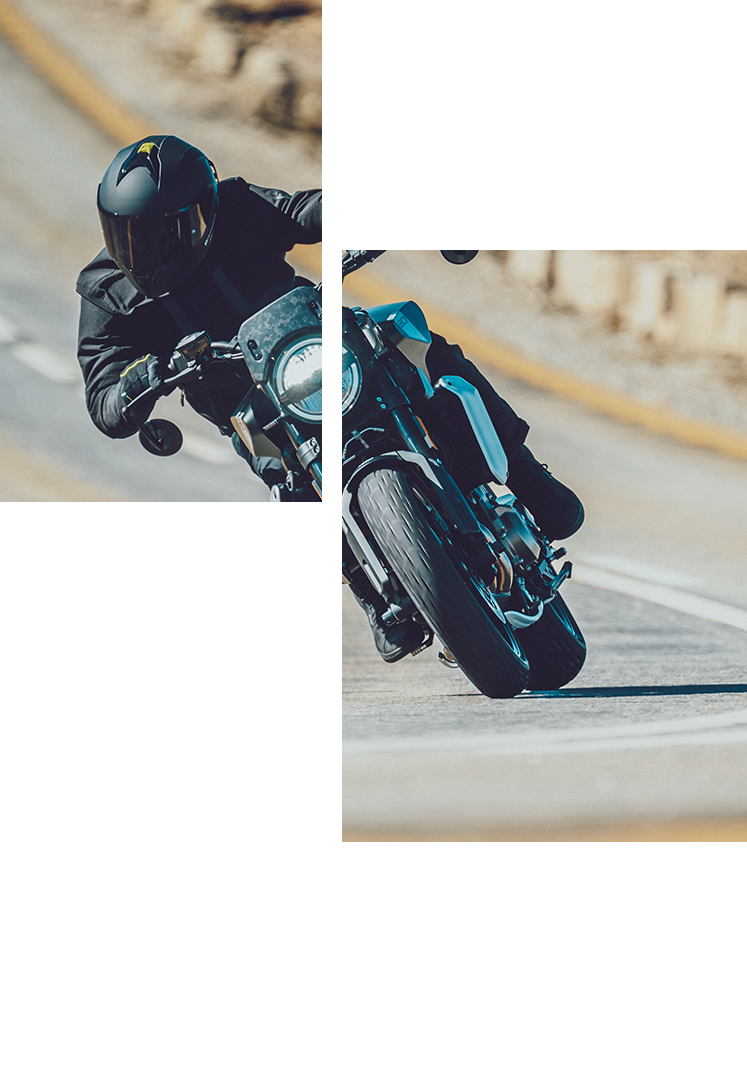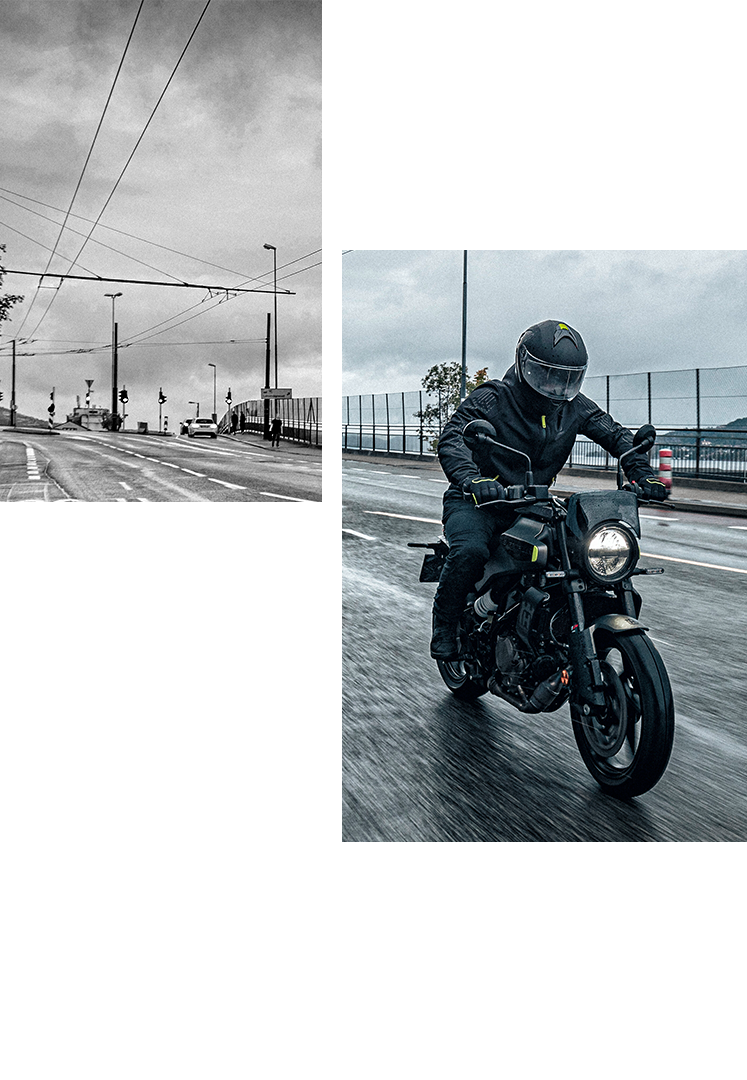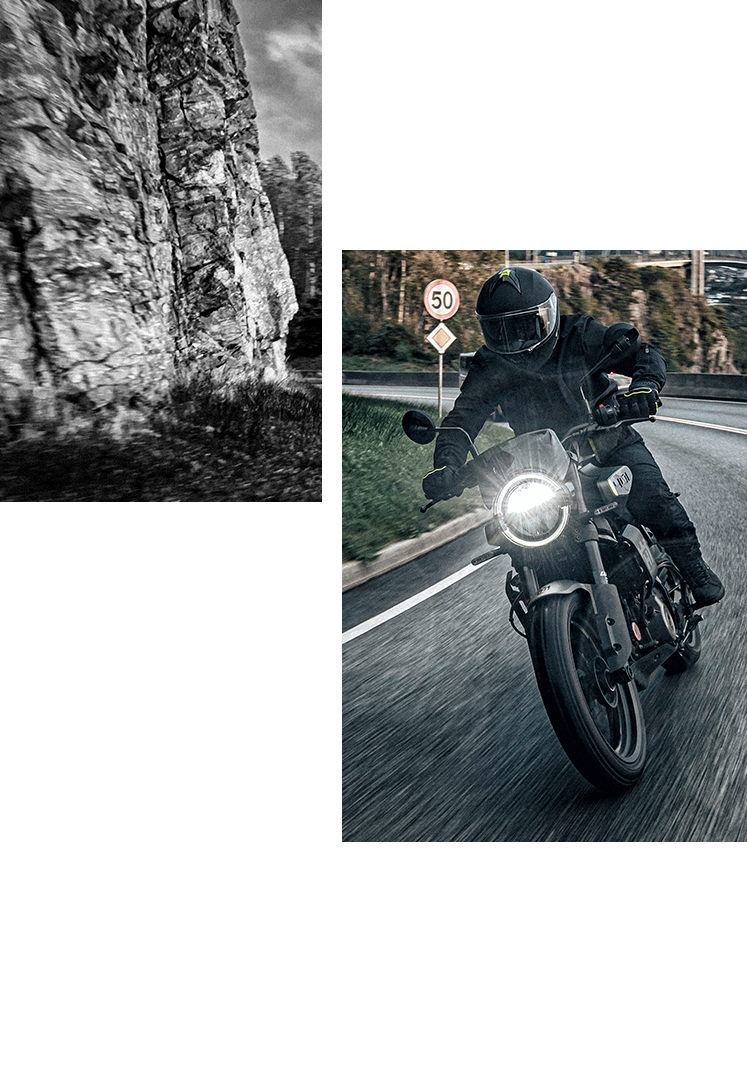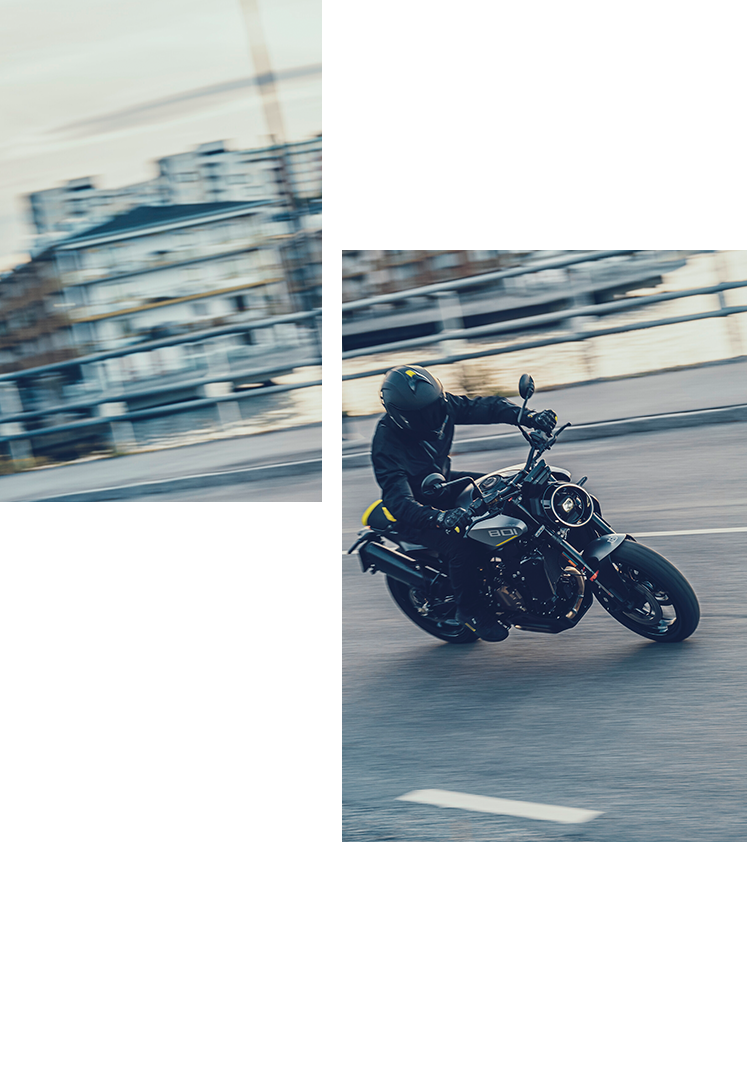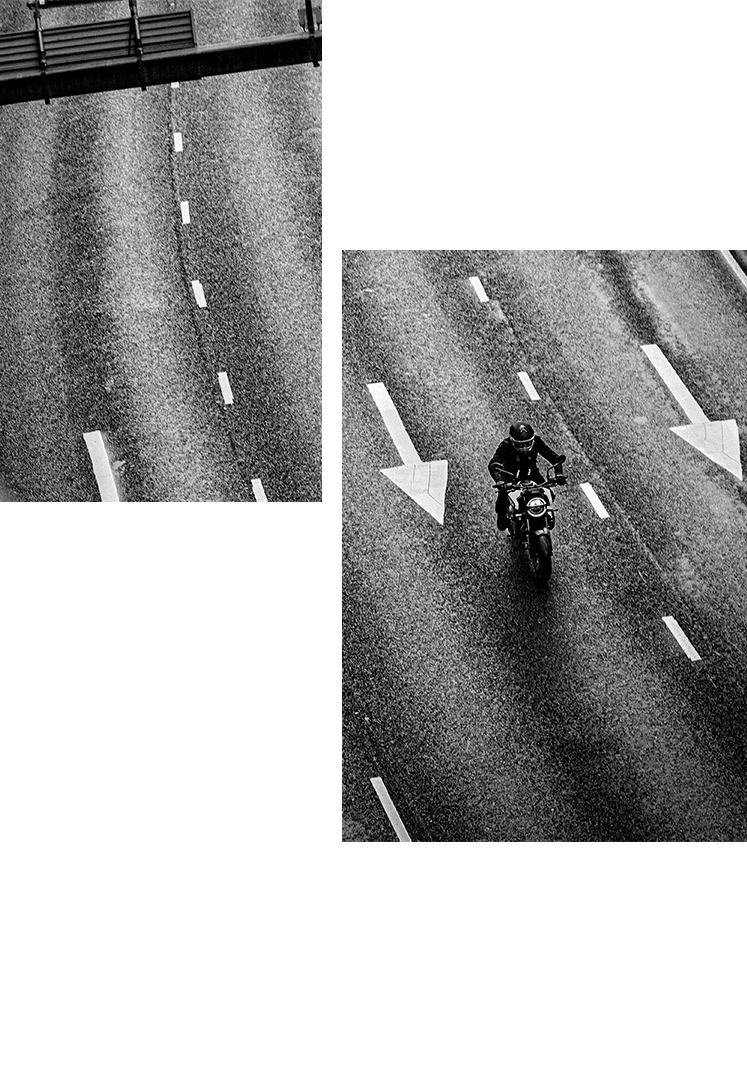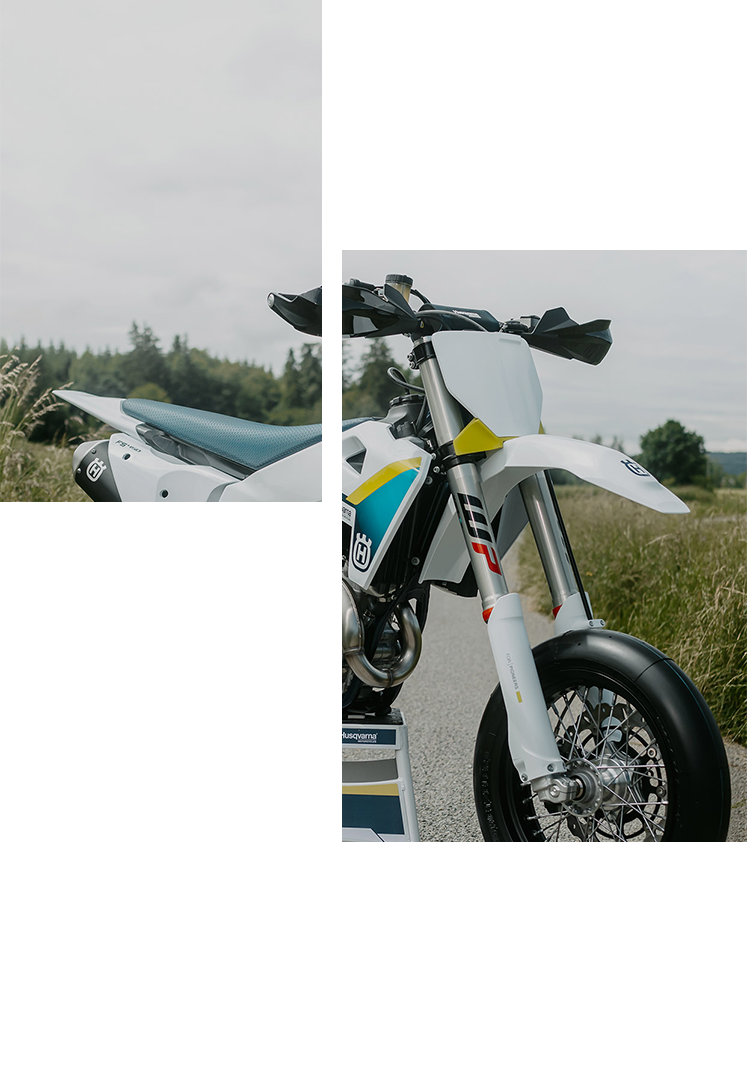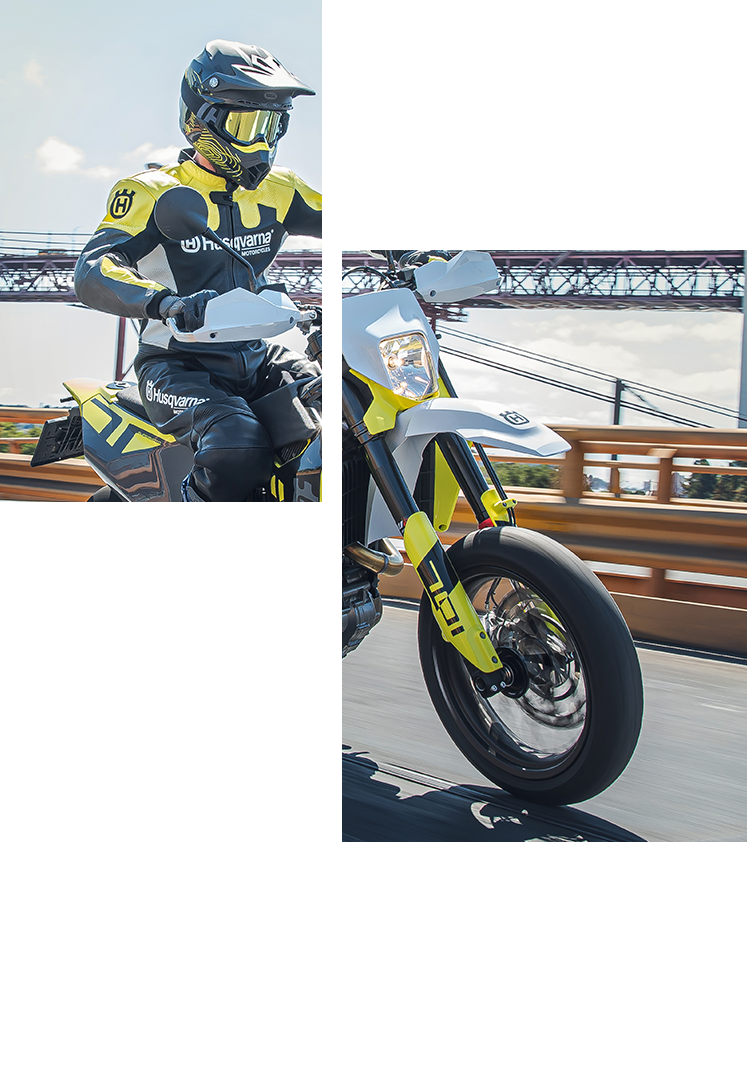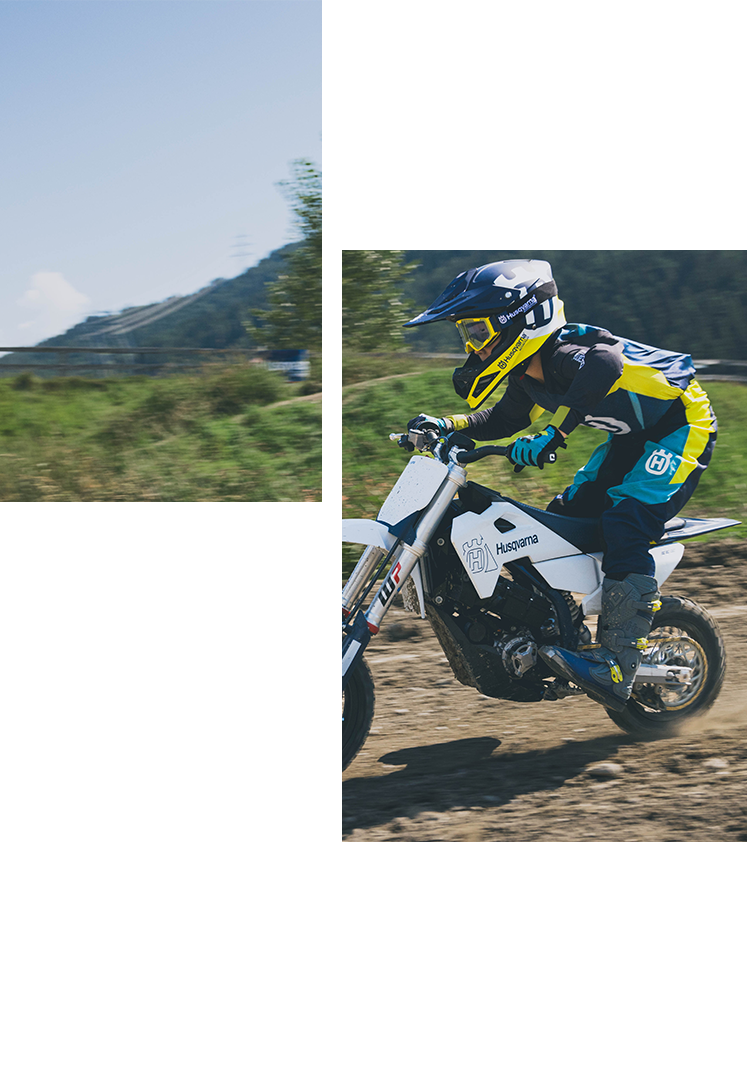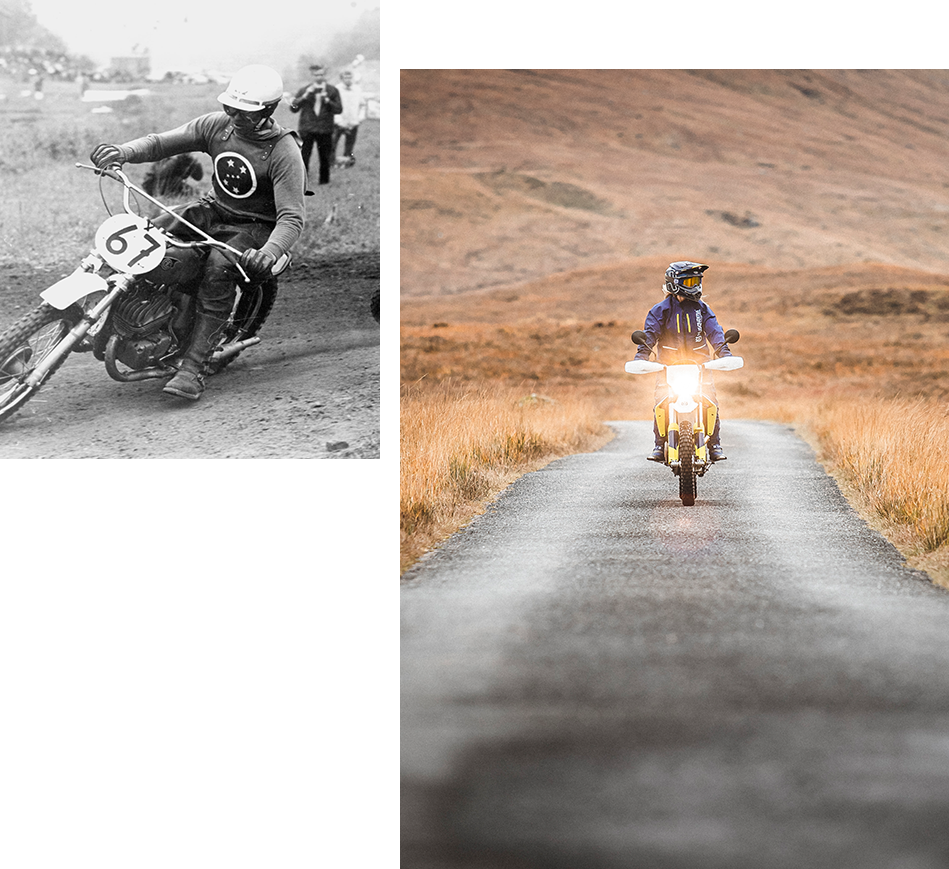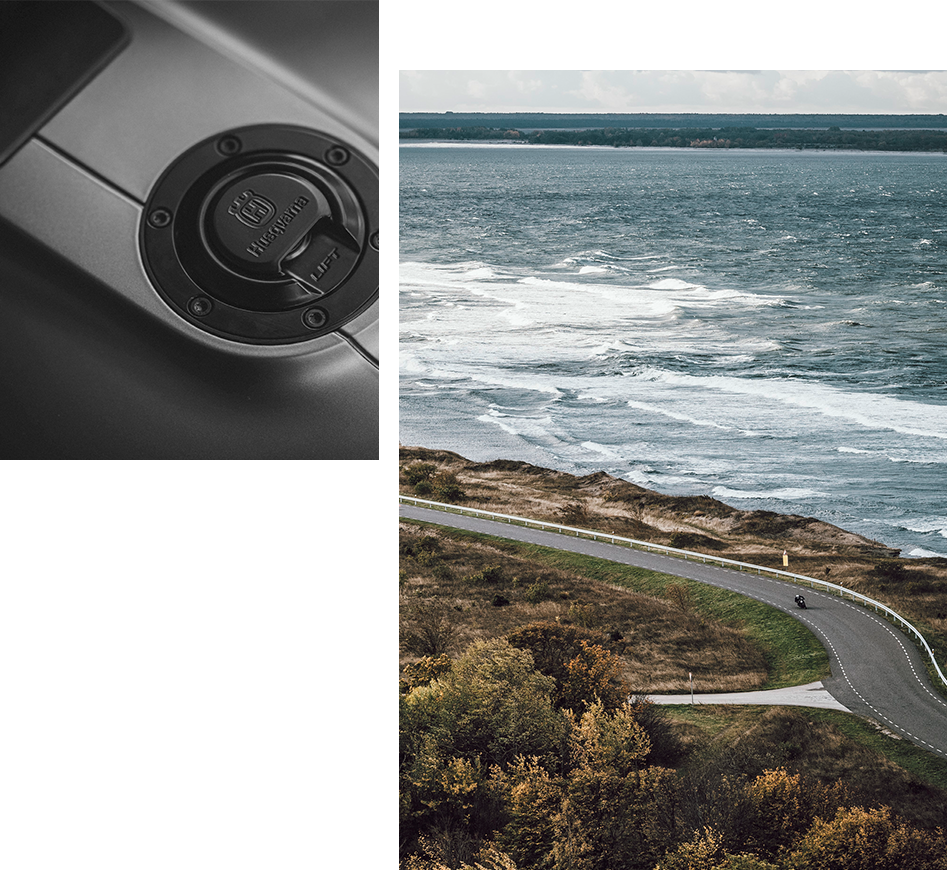Double world champion
By Kenneth Olausson
At the beginning of the 60s the Swedish Motorcycle Federation, SVEMO, had a wish – to have at least one world champion per season in motocross. In 1962 Husqvarna had won both the 250 and 500 cc classes with Torsten Hallman and Rolf Tibblin respectively. For the 1963 season the 500 cc competition was more fierce than ever; the threat coming from more Swedes than any other country...
Bill Nilsson (Husqvarna), Sten Lundin (Lito) and Rolf Tibblin (Husqvarna) had conquered the 500 cc world during the past three years winning in grand style. In 1963 it would mostly be up to these three names to battle it out during the 12 Grand Prix long season held throughout the European continent. In the opening round, traditionally held in Sittendorf, Austria, the order of the three contenders was Lundin, Nilsson and Tibblin. In the following GP the order was Lundin, Nilsson with Tibblin fourth while Great Britain’s Jeff Smith managed to win in Denmark. So, after four rounds of the championship it was Sweden dominating the 500 cc world!
26-year-old reigning champion Rolf Tibblin from Stockholm now made his sixth season as a Husqvarna supported rider. He had previously not only won the 500 cc title, but also the 250 cc European championship in 1959 before this class gained world championship status. Now he was in better shape than ever and his 1963 path to victory started in the Dutch village of Markelo where the fifth round of this important season was held. A crowd of 40,000 motocross fans had come to this sandy circuit, which demanded the utmost physically from each and every rider. 15 laps in each heat were to be covered on this two-kilometre long track. Tibblin had a fierce battle with the strong Englishman Smith. They won one moto each, leaving the deciding factor to aggregate time difference, which fell in favour of the Swede.
A week later in May it was time to travel to France where a brand new track was inaugurated in the town of Saint-Quentin. This circuit was also two kilometres long, but here 18 laps in each heat were completed before reaching the chequered flag. On this hilly and unforgiving track Rolf Tibblin made one of his best outings on the Husqvarna, claiming the overall victory after two consecutive moto wins.
Tibblin again! In Italy the world championship riders had to conquer both dirt and asphalt as they were riding in a local park. Rolf won and now held an overwhelming world championship lead ahead of Sten Lundin. In Praha, Czechoslovakia, the seventh round of the series was ridden outside of the capital with an enormous crowd cheering their local hero Vlastimil Valek, who rode a 263 cc bike in the 500 class! But he tried in vain coming to the finish line as runner-up to Tibblin. Rolf now claimed his fourth outright victory and had the title in a firm grip although it was not decided yet. Theoretically...
The Husqvarna 500 cc factory machine was well prepared for Tibblin who sought assistance from his mechanic/friend Nils Hedlund in Spanga, outside of Stockholm. Hedlund prepared Tibblin's machine from time to time between the championship races. Rolf also made visits to the Husqvarna factory in Huskvarna in order to serve and update his 4-stroke machine. The engine was developed from the 500 cc 112TV Husqvarna model and had a British four-speed transmission. Front suspension came from Ceriani/Norton while the rear shock absorbers were products from Girling in England. The frame was "house-made" and consisted of chrome molybdenum tubing and it should be noted here that the factory machines from Husqvarna were considerably lighter than that of Tibblin's competitors. All in all, some twenty 4-stroke Husqvarna bikes were produced and are now of huge interest to motorcycle collectors around the world.
Back to the world championship! Rolf Tibblin now lead by nine points ahead of main rival Sten Lundin after seven world champion rounds. The eighth event for the title was held in Russia, outside the city of Lvov. Conditions were so sloppy that the organisers let the start go as both Tibblin and Lundin were still in the paddock! But they fought back and Rolf managed to file for second place behind winner Ove Lundell riding a Swedish-built Monark.
Hawkstone Park was the traditional motocross track during the early championship stages in motocross. It is situated in the western part of England. Jeff Smith won while Tibblin retired with a broken hose, which went from the carburettor to the air filter. Zero points here for the Swede.
In the old castle part of the city of Namur, the Belgian Grand Prix was organised. It is a very special track where riders go through a hilly park and then cross the old castle each lap. Here the spectators get a mouthful and really get to see their favourites sliding spectacularly through this sandy part of the track. Rolf Tibblin played the first string of the fiddle and took an overwhelming victory, securing his 500 cc tile. He had collected 52 points all in all while second man Lundin had 46 to his credit. It was the first time in history that a 500 rider won the title two years in a row.
Rolf completed his good season by also winning the national 500 cc championship, which in those days seemed to be harder than winning at the international races.
